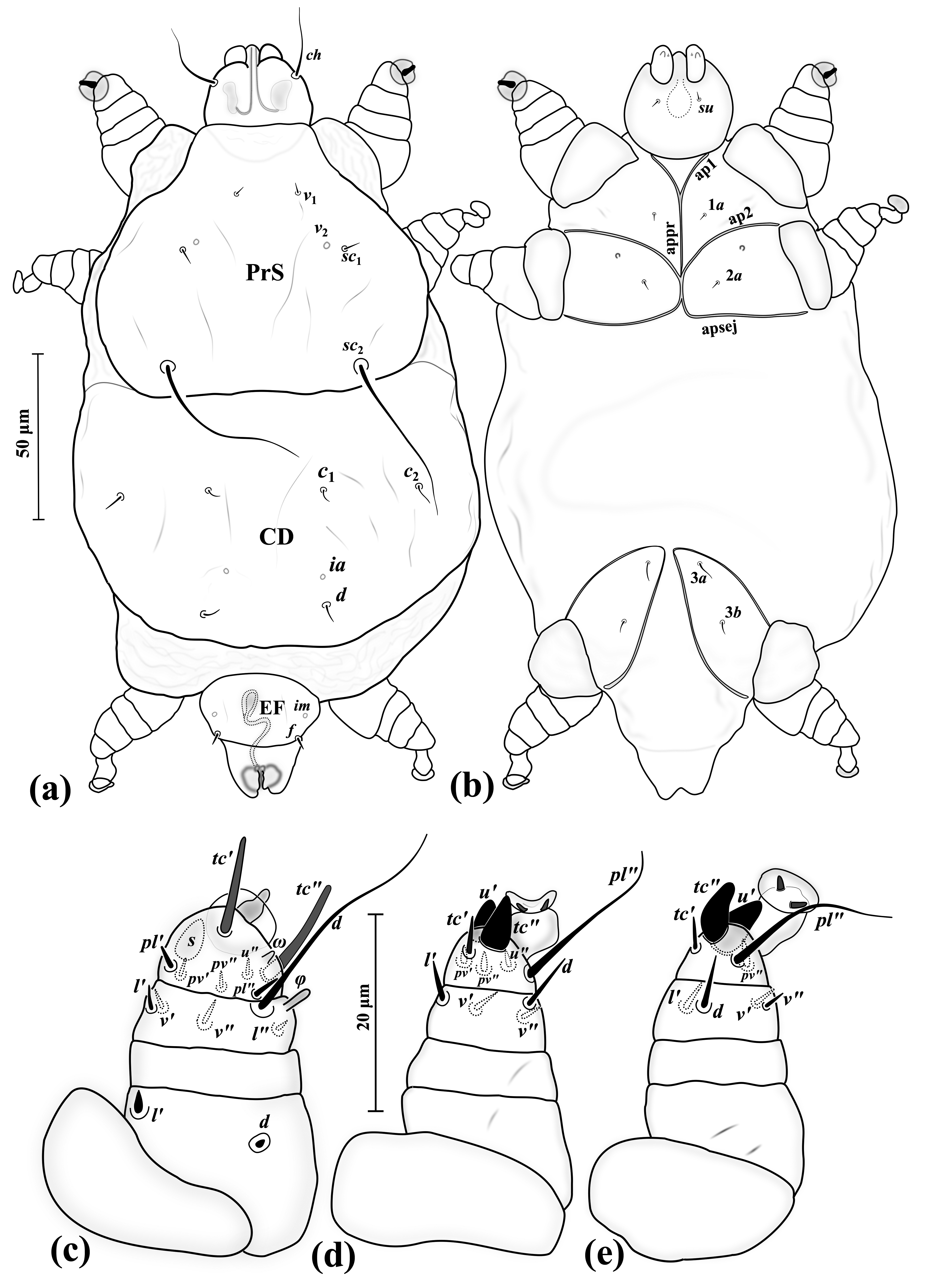|
Athienemanniidae
Athienemanniidae is a family of mites belonging to the order Trombidiformes. Genera: * ''Africasia (mite), Africasia'' Viets, 1931 * ''Anamundamella'' Cook, 1992 * ''Athienemannia'' Viets, 1920 * ''Bleptomundamella'' Cook, 2001 * ''Chelohydracarus'' Smith, 1998 * ''Chelomideopsis'' Romijn, 1920 * ''Davecookia'' Harvey, 2003 * ''Janszoonia'' Smit, 2007 * ''Mellamunda'' Harvey, 1988 * ''Mundamella'' Viets, 1913 * ''Notomundamella'' Cook, 1986 * ''Penemundamella'' Cook, 2001 * ''Phreatohydracarus'' Tanasachi & Orghidan, 1955 * ''Platyhydracarus'' Smith, 1989 * ''Plaumannia'' Lundblad, 1936 * ''Stygameracarus'' Smith, 1990 * ''Stygohydracarus'' Viets, 1932 References {{Taxonbar, from=Q4648098 Trombidiformes ... [...More Info...] [...Related Items...] OR: [Wikipedia] [Google] [Baidu] |
Africasia (mite)
''Africasia'' is a genus of mites belonging to the family Athienemanniidae. The species of this genus are found in Africa. Species: *''Africasia acuticoxalis'' *''Africasia comorosensis'' *''Africasia mahadensis'' *''Africasia navina'' *''Africasia pinguipalpis'' *''Africasia rotunda'' *''Africasia rucira'' *''Africasia ruksa'' *''Africasia subterranea'' *''Africasia vietnamitica'' References {{Taxonbar, from=Q21215220 Trombidiformes Trombidiformes genera ... [...More Info...] [...Related Items...] OR: [Wikipedia] [Google] [Baidu] |
Mites
Mites are small arachnids (eight-legged arthropods). Mites span two large orders of arachnids, the Acariformes and the Parasitiformes, which were historically grouped together in the subclass Acari, but genetic analysis does not show clear evidence of a close relationship. Most mites are tiny, less than in length, and have a simple, unsegmented body plan. The small size of most species makes them easily overlooked; some species live in water, many live in soil as decomposers, others live on plants, sometimes creating galls, while others again are predators or parasites. This last type includes the commercially destructive ''Varroa'' parasite of honey bees, as well as scabies mites of humans. Most species are harmless to humans, but a few are associated with allergies or may transmit diseases. The scientific discipline devoted to the study of mites is called acarology. Evolution and taxonomy The mites are not a defined taxon, but is used for two distinct groups of arachnids ... [...More Info...] [...Related Items...] OR: [Wikipedia] [Google] [Baidu] |
Trombidiformes
The Trombidiformes are a large, diverse order of mites. Taxonomy In 1998, Trombidiformes was divided into the Sphaerolichida and the Prostigmata. The group has few synapomorphies by which it can be defined, unlike the other major group of acariform mites, Sarcoptiformes. Its members include medically important mites (such as ''Demodex'', the chiggers, and scrub-itch mites) and many agriculturally important species, including the spider mites (Tetranychidae). The superfamily Eriophyoidea, traditionally considered members of the Trombidiformes, have been found to be basal mites in genomic analyses, sister to the clade containing Sarcoptiformes and Trombidiformes. The 2004 classification retained the two suborders, comprising around 125 families and more than 22,000 described species. In the 2011 revised classification, the order now contains 151 families, 2235 genera and 25,821 species, and there were another 10 species with 24 species that present only as fossils. These 151 ... [...More Info...] [...Related Items...] OR: [Wikipedia] [Google] [Baidu] |
_Lorryia_formosa_2_edit.jpg)
